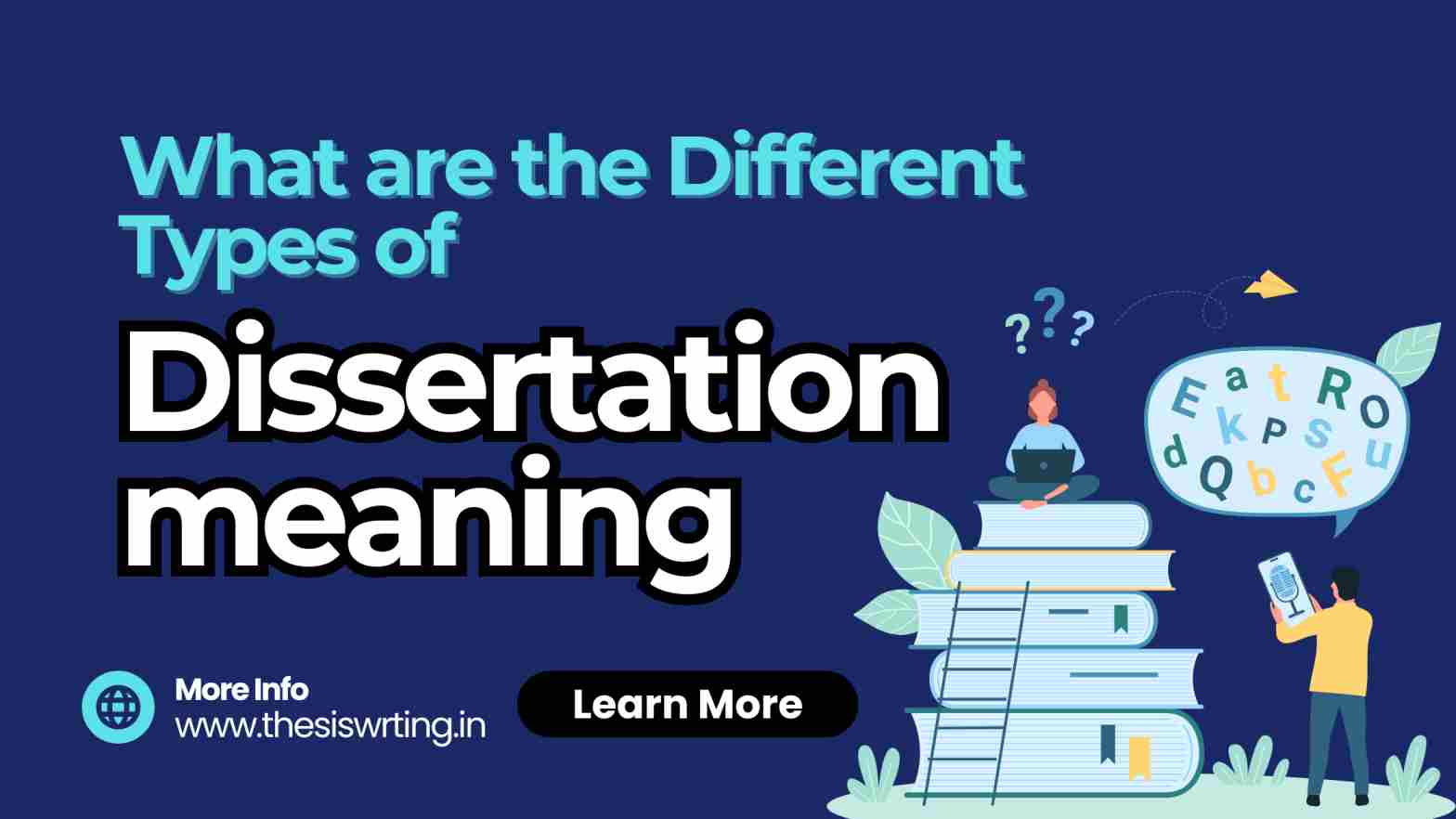


Dissertation meaning are an essential part of academic research, and they come in various formats depending.
Dissertation meaning are an essential part of academic research, and they come in various formats depending on the discipline, institution, and level of study. Each format has specific guidelines and structures, allowing researchers to present their findings in a manner best suited for their subject matter. Below are some common types of dissertation formats, their unique characteristics, and how they apply to different fields of study.
This format is common in fields such as humanities, social sciences, and natural sciences. It provides a linear, comprehensive narrative of the research process and its outcomes.
Also known as the publication-based dissertation, this format consists of several independent research articles or manuscripts intended for publication in academic journals. These articles are linked by a common theme but can stand alone in terms of content. Each article may focus on a specific aspect of the research.
This format is becoming popular in fields like natural sciences, engineering, and medical research, where publication during the PhD process is increasingly important.
The monograph format is a single, book-length document that covers the research in a comprehensive manner. Unlike the manuscript-based dissertation, the monograph is not divided into standalone articles but is written as a continuous, cohesive work.
This type of dissertation is most common in the humanities, such as history, philosophy, and literature, where the research often requires an in-depth, narrative form.
A case study dissertation is focused on a specific individual, group, organization, or event, providing a deep understanding of a particular case or set of cases. This format is typically used in disciplines like business, law, psychology, and sociology.
The thematic dissertation format organizes the research around a series of themes or topics rather than following a strict, chapter-based approach. This format is often used in interdisciplinary fields where the research spans multiple areas of study.
In this format, each chapter or section focuses on a specific theme, drawing from different parts of the research to provide a holistic view. For example, a thematic dissertation in environmental studies may address different aspects of sustainability, such as economics, social behavior, and policy.
A creative dissertation is used primarily in arts, media, and literature fields, where the research may involve the creation of a work of art, novel, film, or performance. In this format, the creative work itself becomes the main body of the dissertation, accompanied by a critical analysis or reflective commentary.
A project-based dissertation is commonly found in applied sciences, engineering, and business. Instead of focusing on theoretical research, this format emphasizes practical projects, such as the development of a product, software, or business plan.
Each dissertation format serves a specific purpose, depending on the academic field and the nature of the research. Whether it’s a traditional monograph, a manuscript-based format, or a creative dissertation, choosing the right format is essential to effectively presenting your research. Understanding the various types of dissertation formats can help students and researchers navigate the academic landscape and choose the structure that best suits their work.
